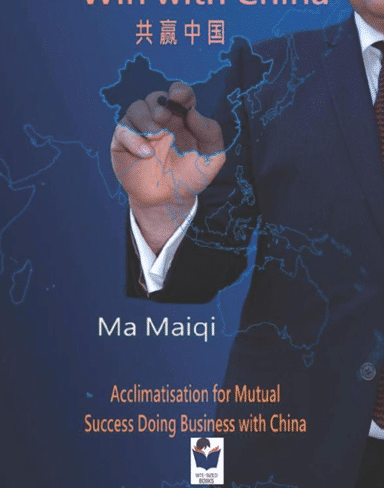Britain’s Most High Potential Small Companies
For the past 30 years Marcus Gibson, former columnist with ‘The Financial Times’, has researched and written thousands of profile articles about the UK’s small companies. He has created the Gibson Index, the most comprehensive overview of smaller companies in virtually any country. From all of that research, he has selected the 12 best smaller companies and has written profiles of them partly to spread the word about the excellence of entrepreneurial endeavour, partly to give a flavour to other companies of the types of development that can be possible, and partly to provide insights into those fast developing areas of the UK economy.
About 80% of all high potential firms emerging in the EU come from the UK. In fact these form the true Jewel in the Crown of the UK economy – not the PLCs and mid-sized firms that are increasingly foreign owned or shedding most of their UK-based workforce. The achievements of UK SMEs are amazing, truly. It was a Scottish software firm that first pinpointed the identity of the Washington Sniper, a man long lost to the authorities who was terrorising the US capital into near-shutdown. It was an acoustics company in Hampshire that stopped the US Navy’s high-energy gun from falling to pieces during operation. It was a tiny cyber security firm in Croydon that has long been the world’s best creator of critical software patches for Microsoft and Oracle.
Most of the ‘difficult bits’ of an Airbus aircraft are designed, engineered and manufactured in the UK – the wings, landing gear and avionics. From fintech to pharma, from photonics to fine art, the UK’s brainpower creates year after year small companies with world-leading products and technologies. We sell sand to Saudi Arabia, Turkish Delight to Turkey and the world’s biggest chandeliers to Russia.
From the many interviews conducted over the past few years Marcus has settled on 12 special companies as his choice of the top dozen UK SMEs. All offer great products, great people, great potential.
Yet only one comes from the super-tech hub of Cambridgeshire, only one from London, and only one from the Thames Valley, and four are sited in the North West of England, a fast-emerging epicentre of power engineering and materials research.
This is a pioneering book – and one that will provide the basis of several more to come.




